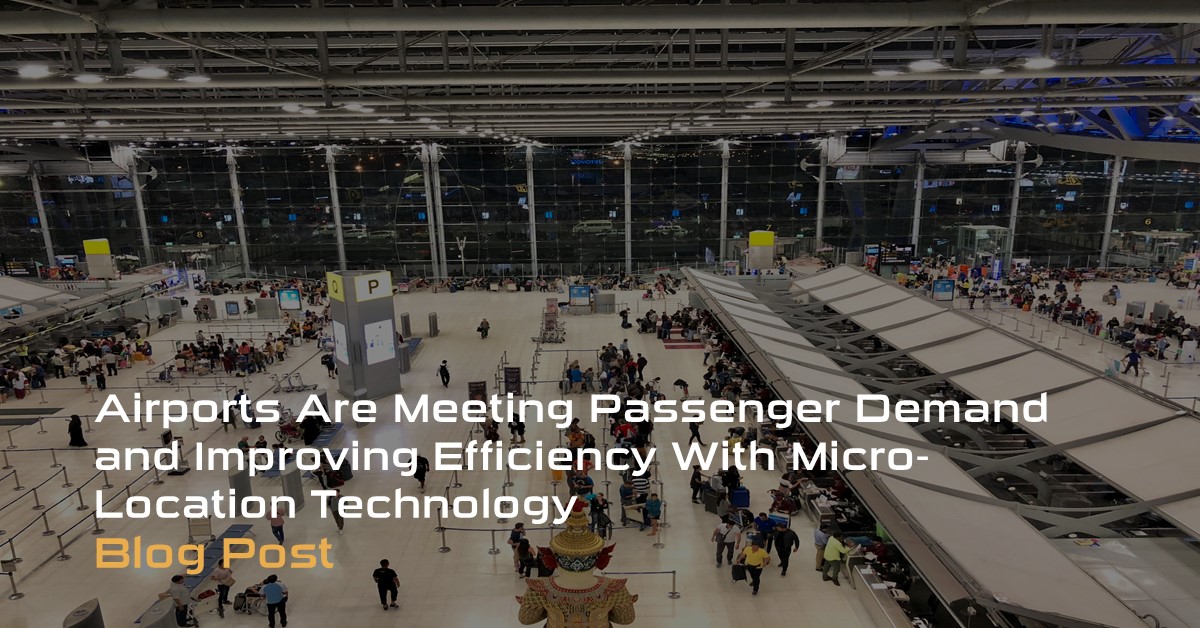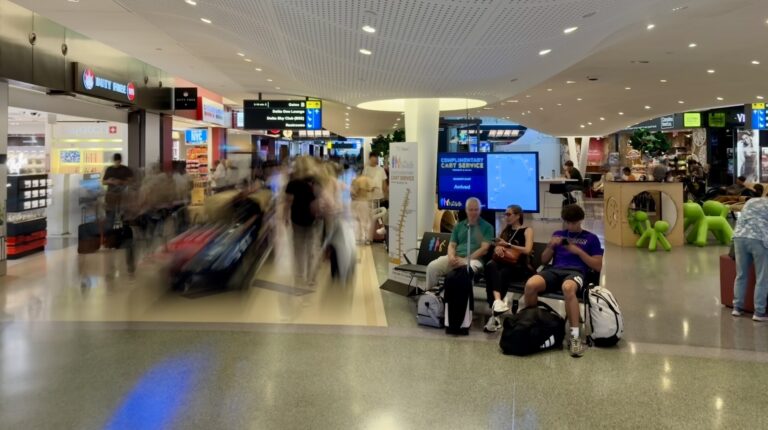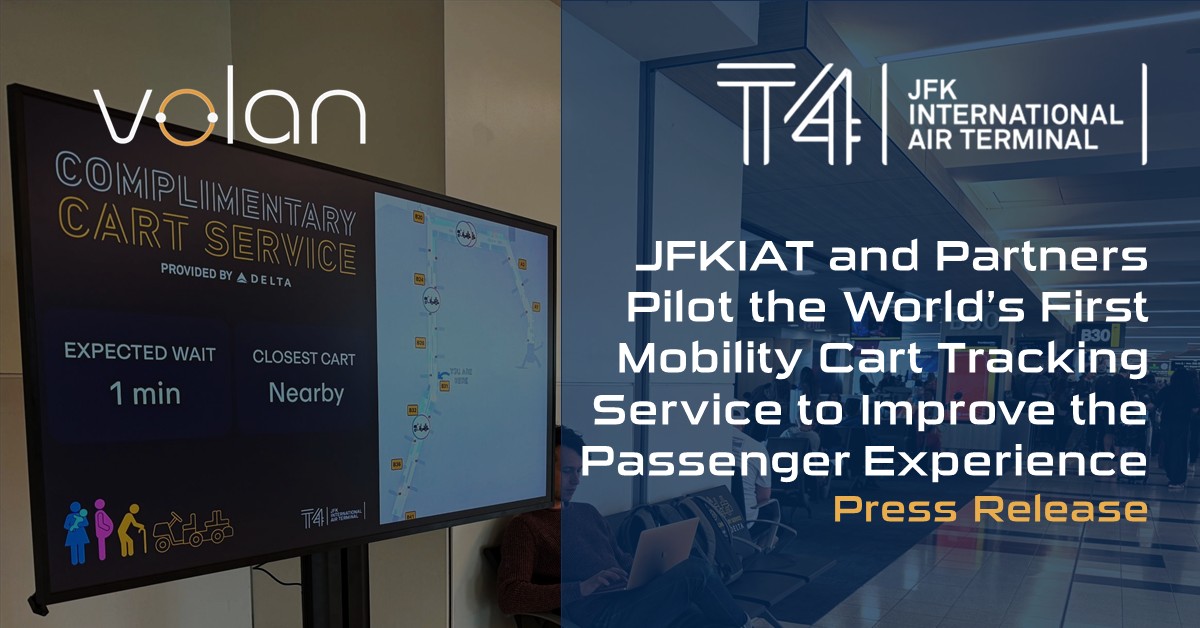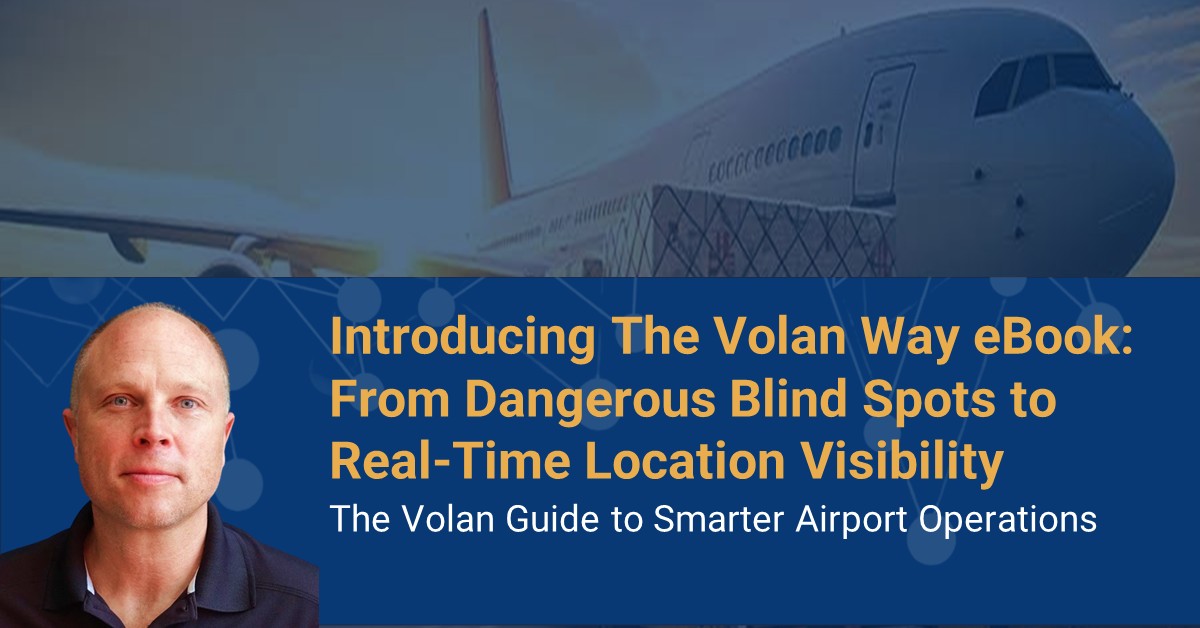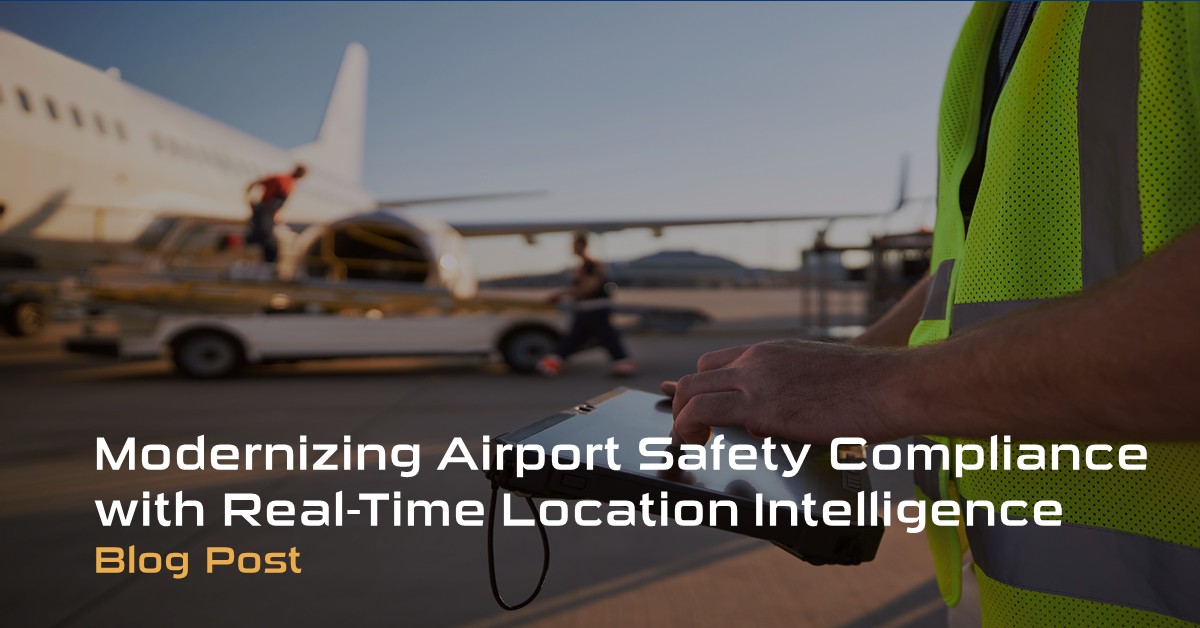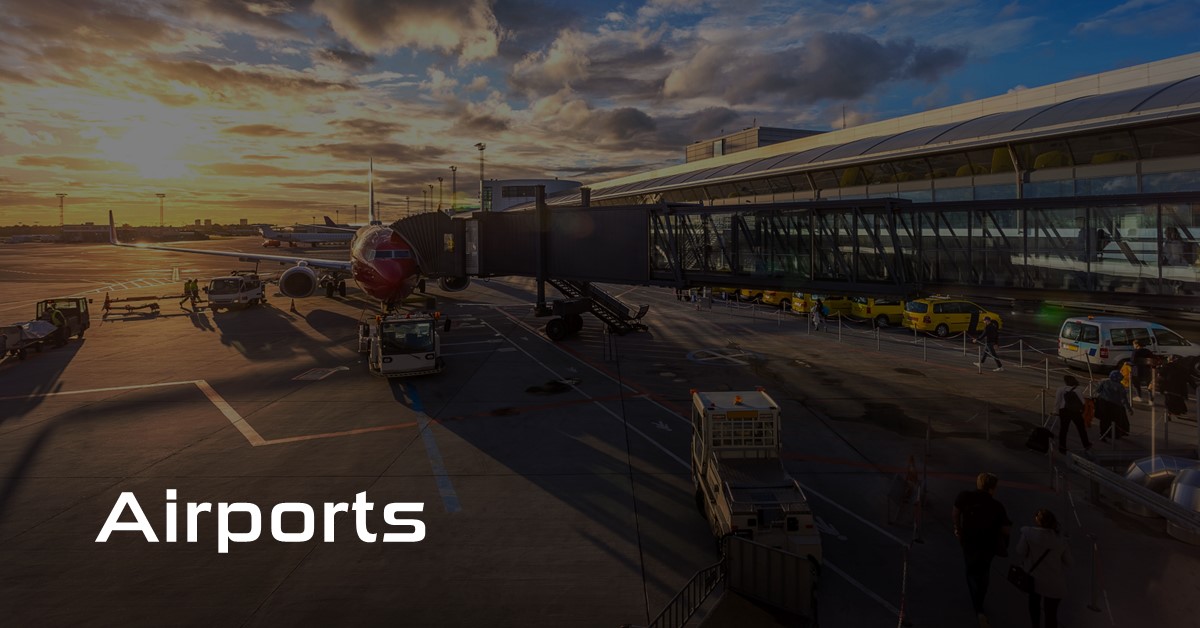Airports Are Meeting Passenger Demand and Improving Efficiency With Micro-Location Technology
Michael Bettua is a Co-Founder and the CEO and Chairman of the Board for Volan Technology. His blog post provides an in-depth analysis of how micro-location technology can support airport operations, especially as passenger numbers continue to rise. It explores the benefits of this technology for resource management, compliance with health and safety regulations, and enhancing the passenger experience, backed by real-world examples and future outlooks.
As global air travel continues its robust recovery, airports worldwide are facing the dual challenge of managing surging passenger volumes while maintaining and even enhancing operational efficiency.
The post-pandemic landscape has accelerated the need for airports to adopt innovative solutions that ensure a seamless flow of passengers and optimize resource utilization.
Among the most promising of these innovations is micro-location technology, which offers precise tracking and management of assets, personnel, and passenger movements in real-time. We’ll explore how this technology enhances efficiency, optimizes resource allocation, improves staff management, supports accurate construction billing, helps adhere to FAA regulations and supports compliance with health and safety regulations.
The Evolving Landscape of Airport Operations
Airports have always been complex ecosystems requiring the coordination of multiple stakeholders, including airlines, ground services, security agencies, and retail operators. However, the recent surge in passenger volumes has exposed the limitations of traditional operational models. As airports expand to accommodate more flights and passengers, the need for precise, real-time resource management has become paramount.
Micro-location technology, which utilizes beacons, sensors, and advanced software to track the exact location of objects and people within an airport, offers a solution to these challenges. By providing granular data on the movement and status of assets and individuals, this technology enables airport operators to make informed decisions that improve efficiency and reduce costs.
Enhancing Operational Efficiency with Micro-Location Technology
One key benefit of micro-location technology is its ability to optimize resource allocation. In an environment as dynamic as an airport, where thousands of passengers, employees, and assets are constantly moving, traditional resource management methods often fall short. Micro-location technology allows for real-time tracking of these elements, enabling airport operators to deploy resources where they are needed most, thus minimizing delays and reducing operational costs.
For example, ground handling operations, which involve coordinating vehicles, equipment, and personnel to service aircraft between flights, can be significantly improved with micro-location technology. By tracking the location of ground vehicles and equipment in real-time, airports can reduce turnaround times and ensure that flights depart on schedule.
Supporting Compliance with Health and Safety Regulations
The COVID-19 pandemic has brought health and safety to the forefront of airport operations. As passenger volumes increase, ensuring compliance with health and safety regulations has become more challenging. Micro-location technology can play a crucial role in this area by providing real-time data that supports the enforcement of social distancing measures, the tracking of high-touch areas that require frequent cleaning, and the management of passenger flow to avoid overcrowding.
Case Studies: Successful Implementation of Micro-Location Technology
Several airports around the world have already implemented micro-location technology with great success.
- A large European airport has integrated this technology into its operations to optimize the use of ground-handling equipment. By tracking the location of vehicles and equipment in real-time, the airport has reduced turnaround times and improved the punctuality of its flights.
- A large Midwestern has deployed micro-location technology to enhance its passenger flow management. By monitoring passengers’ movement through security checkpoints and boarding gates, the airport has been able to reduce wait times and improve the overall efficiency of its operations.
- Cincinnati/Northern Kentucky International Airport (CVG) has partnered with Volan to use micro-location technology to enhance airport safety and efficiency. CVG is using the technology to meet the latest FAA safety regulations, improve its span of control, and save money on construction escorts.
These case studies demonstrate the potential of micro-location technology to transform airport operations and meet the challenges posed by increasing passenger volumes.
The Future of Airport Operations
As the aviation industry continues to recover and grow, airports must adopt innovative solutions to manage the increasing complexity of their operations. Micro-location technology offers a powerful tool for addressing these challenges by providing real-time, granular data on the movement of assets, personnel, and passengers.
In the future, we can expect to see even more advanced applications of micro-location technology in airports. For example, integrating artificial intelligence and machine learning algorithms with micro-location systems could enable predictive analytics, allowing airports to anticipate operational issues before they arise and take proactive measures to address them.
Conclusion
In conclusion, micro-location technology is poised to play a critical role in the evolution of airport operations. As passenger volumes increase and airports face new challenges, the ability to track and manage resources in real-time will be essential to maintaining efficiency and providing a high-quality passenger experience. By embracing this technology, airports can ensure that they are well-equipped to meet the demands of the future and continue to serve as vital hubs in the global transportation network.
To learn more about our Volan technology, please contact us.
Our Solution for Airports
Our construction barrier technology provides geofenced barriers for airport construction sites to keep workers out of restricted areas and reduces the costs for worker escorts. Airport construction projects are never-ending, have many workers, and regulations require full-time monitoring of worker location. Volan’s technology can provide alerts within 2-3 seconds if a worker moves into a restricted space, along with the precise location of the worker and a live map view. Visit our Solutions for Airports page.


